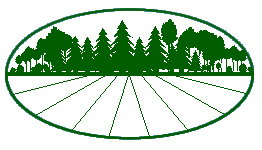Woodlot Association of Alberta
c/o Olson Office Management
P.O. Box 303
Beaverlodge, AB
T0H 0C0

Woodlot Association of Alberta
c/o Olson Office Management
P.O. Box 303
Beaverlodge, AB
T0H 0C0
Habitat is defined as the place an organism lives and it is characterized by both biotic (living) and abiotic (non-living) features. The number of different habitats varies with each woodlot. Common habitats include:
Forested Land
Species of plants, animals and their populations change as woodland changes and moves through a series of forest growth stages.
Common forest habitats are Hardwood Forest, Softwood Forest and Mixed Forest. Each habitat has associated physical aspects, plants and animals.
Unforested Land
Various unforested habitats occur in a woodlot including barrens and old fields. Hedgerows, rows of shrubs and trees between fields, provide an important habitat for animals such as songbirds, grouse, pheasant, woodcock, and small mammals.
Freshwater Wetlands
Wetland areas provide habitat for beaver, mink, muskrat, otter, and waterfowl. Wetlands are used in warm weather by deer and moose to help escape flies and cool off, and moose will feed in ponds and streams. Wetland habitats include marshes, swamps, bogs and fens.
Waterways
Waterways (rivers, streams, lakes, ponds) provide habitat for many plants and animals. Forested land along water is typically given special consideration.
Resources